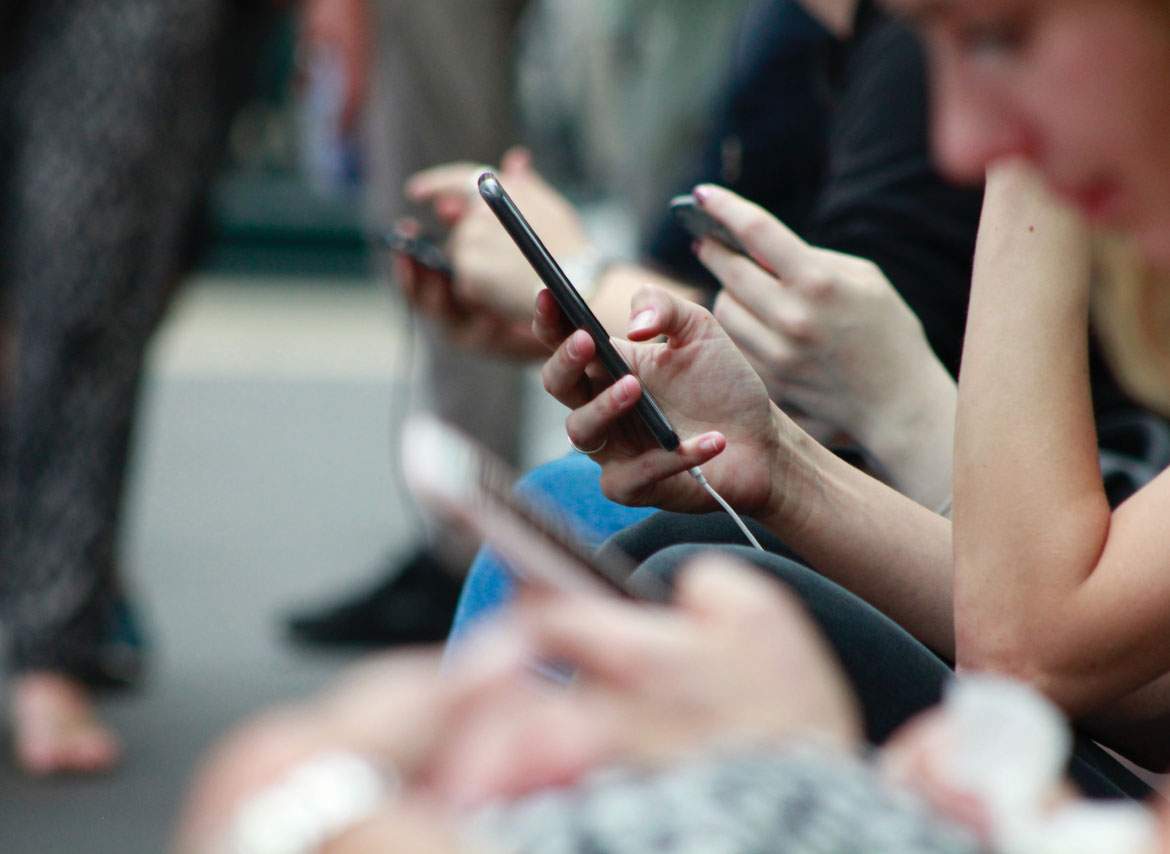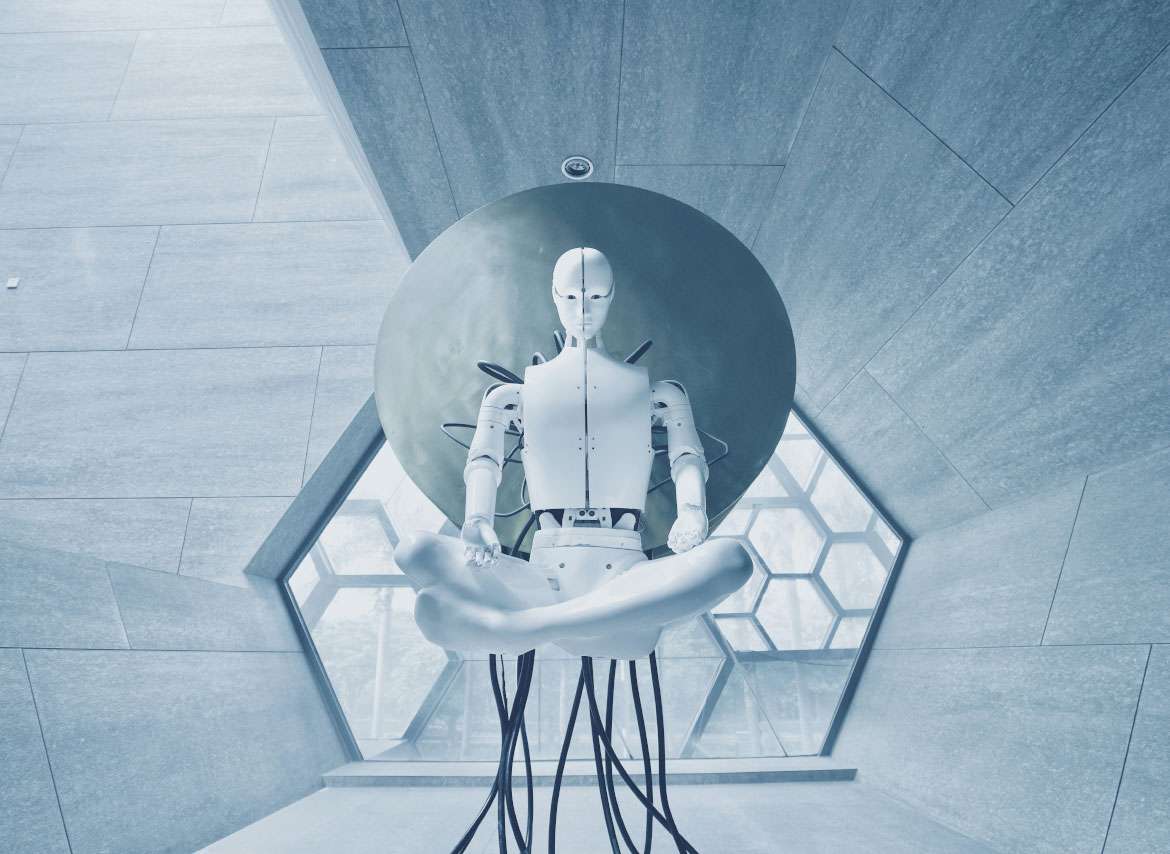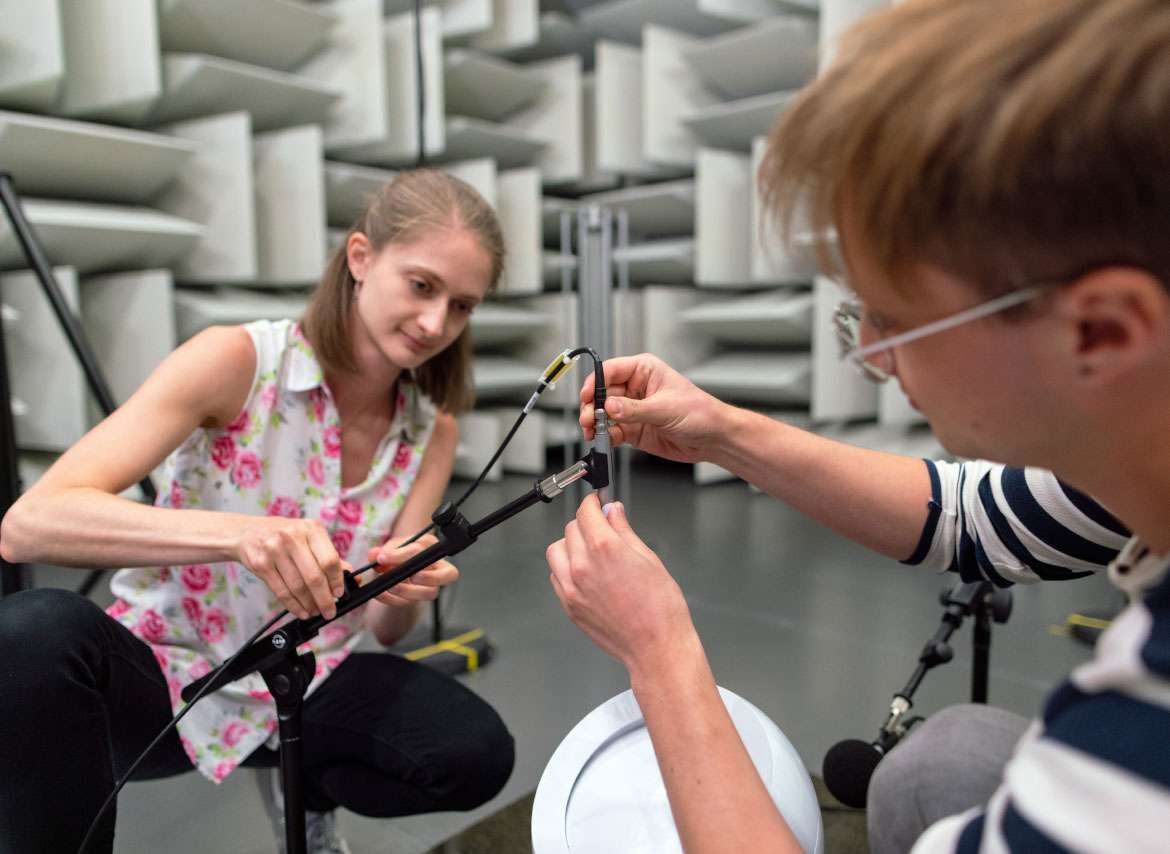
Web design done Delightful Visualization Examples
Creating delightful visualizations is a crucial aspect of web design. When done right, visualizations can help communicate complex data in a simple and engaging way. Here are some examples of delightful visualization techniques:
Interactive Data Maps: Interactive maps allow users to explore data geographically. Users can click on different regions to reveal data points or use filters to view specific information. These maps can be used for various purposes, such as showing demographics, sales data, or election results.
Animated Charts: Animations can add life to static charts and graphs. For example, line charts that show the trend of data over time can be animated to create a smooth transition between data points, making it easier for users to understand changes and patterns.
Infographics: Infographics combine data visualization with illustrative elements to convey complex information in a visually appealing manner. They are an excellent way to present statistics, processes, or step-by-step guides.
Interactive Data Filters: Allow users to filter data on charts and graphs dynamically. This way, users can focus on specific data subsets, compare different categories, or explore trends in real-time.
Data Storytelling: Present data in a narrative format, guiding users through a story using visualizations to support the information being conveyed. This approach can engage users and help them understand the data in context.
Microinteractions: Microinteractions are subtle and engaging animations that respond to user interactions. For instance, when hovering over a chart, specific data points could animate or reveal additional information.
Progress Visualization: Display progress bars or charts to show users their advancement toward a goal. This can be applied to various scenarios, such as course completion, fundraising targets, or fitness goals.
Graph Networks: Visualizing complex relationships between nodes using graph networks can be an interesting way to represent interconnected data. For instance, social network connections, organizational structures, or knowledge graphs.
Virtual Reality (VR) Visualizations: In more immersive web experiences, VR visualizations can provide a three-dimensional representation of data, allowing users to explore data in a more interactive and immersive way.
Real-time Data Visualizations: Displaying live or real-time data can be compelling, especially for monitoring events, financial data, or social media trends.
Remember, while delightful visualizations can enhance user experience, they should also be functional, intuitive, and accessible. Ensure that the visualizations serve a purpose and help users understand the data more effectively. Additionally, consider optimizing for different devices and screen sizes to accommodate various user preferences.

